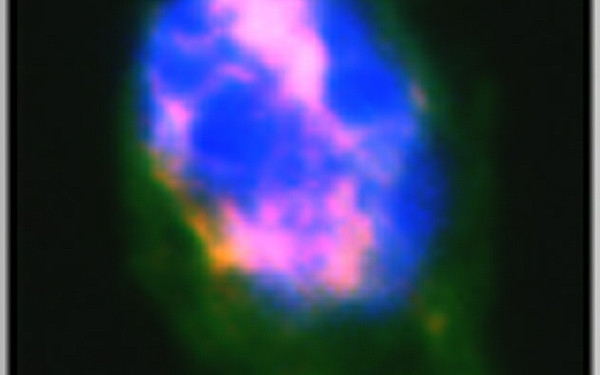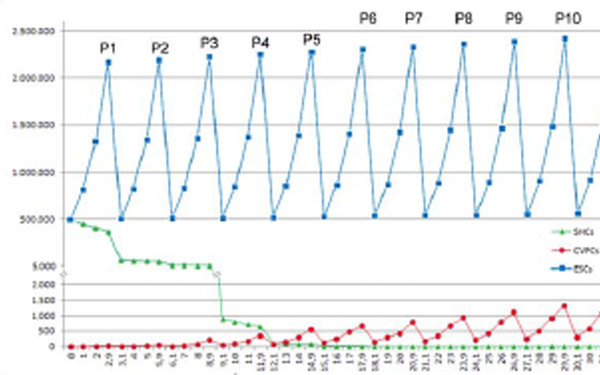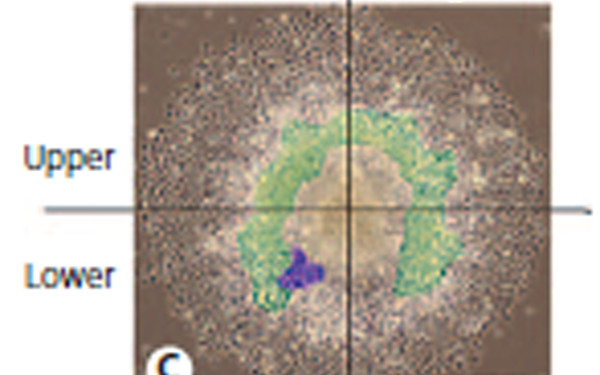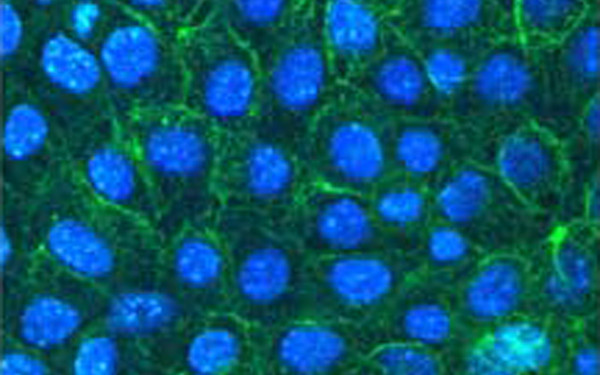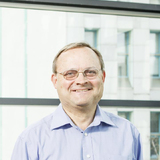Georg Weitzer
Georg Weitzer studied biochemistry and philosophy at the University of Vienna, and went to Houston, Texas for a two-year post-doctoral fellowship. Back in Vienna he established a research group at the University of Vienna and later at the Medical University of Vienna, where he studies some molecular aspects of cardiomyogenesis and teaches cell biology and development of stem cells.
